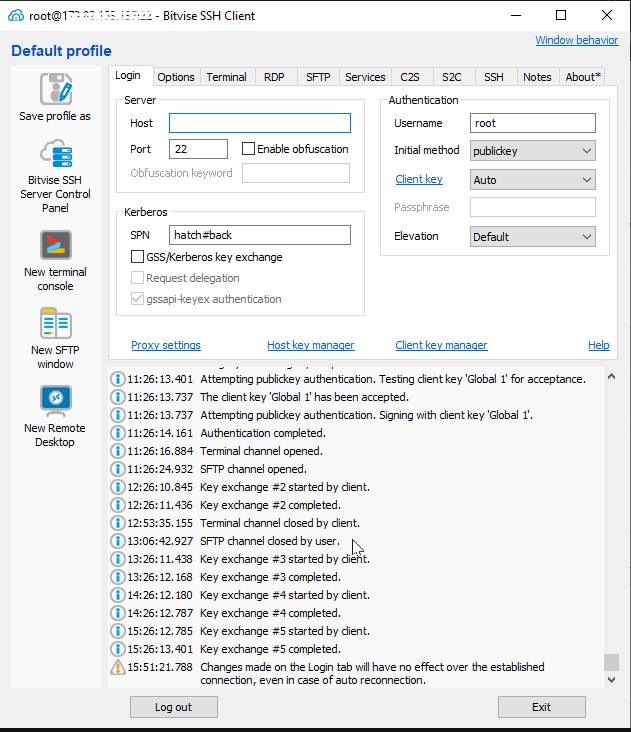
Do you want to stand out in the world of online businesses? Then, you should definitely do more than just bring out innovative products now and then. Your customer satisfaction is the most important. So, you should focus on providing them with a seamless shopping experience. CI/CD for eCommerce is the secret sauce that will help you give a great experience to your customers.
Continuous Integration and continuous deployment (CI/CD) help make your development workflow simple. You can keep your website up-to-date and secure using this process.
But the real question is how do you implement CI/CD for eCommerce development workflow?
Let’s explore how you can implement this process after learning the basics of continuous integration and continuous deployment.
A] What Is CI/CD?
If you are wondering what is CI/CD? then you’re at the right place. CI/CD is just another software development approach. This approach helps you streamline the process of building, testing, and deploying software applications. Almost all software developers in today’s time use CI/CD to develop software as it supports an easy upkeep of the application.
1. Continuous Integration (CI)
Multiple people can work on developing software and making changes to it. Continuous integration helps in automatically integrating code changes made by multiple developers. All these code changes are available in a shared repository.
Each time developers add new changes to the code, the computer runs automatic tests to make sure the new stuff doesn’t mess up the old stuff. These tests will allow you to catch any errors in the software or any bugs that could affect your application’s performance.
2. Continuous Deployment (CD)
The CD takes things one step further than CI. It lets you put the code on new code on your application/website automatically. Once the code passes all tests in the CI phase, it will get automatically deployed to the live environment. Your developers won’t need to do it manually.
Continuous deployment saves time and effort. It also ensures that your users or customers have the latest and tested version of the website/app at their disposal.
These two processes are inevitable for a smooth customer experience. If you are interested in streamlining your app/website development process, you might want to use the best strategies to use CI/CD for eCommerce. We are about to acquaint you with those strategies.
B] How To Use CI/CD For eCommerce Efficiently?
Implementing C/CD in your software development process might seem very complicated. But believe us, it’s manageable if you follow a step-by-step guide.
1. Use A Version Control System
To begin implementing CI/CD, you must first use a version control system. This system will help you manage your codebase. A version control system will help you create a centralized repository that will include your code.
You can easily share this repository with the people or developers working with you. The version control system allows you to create different branches for bugs or any issues with your software.
2. Implement Automated Testing
Implementing automated testing will allow you to ease the job of development workflow. Several API testing tools help conduct automated tests. You can set a provision for automated testing at various levels as under.
- Unit Testing: All the individual components of the app/website must function properly. Conduct unit tests to make sure they work well.
- Integration Testing: Integration testing will allow you to ascertain whether all the components of your app work fine when you combine them.
- End-To-End Testing: Finally, don’t forget to verify how well your overall application works.
3. Continuous Integration
Now, you can finally proceed with continuous integration. Start by setting up a CI platform to look for any changes in the repository. Configure the platform for automated tests whenever anyone makes a code change.
4. Store Build Artifacts
Build artifacts usually contain compiled codes, binaries, etc. You can store all this information in the repository manager. Storing these codes, etc., will allow you to access the information consistently.
5. Containerization
You can also opt for containerization to make the process of deployment, testing, and production consistent. Bring your application and its dependencies into a docker container. You can create docker images as they are easy to deploy.
6. Continuous Deployment
Setting up a CD pipeline will support the automatic deployment. You must make sure to include any deployment changes to a staging environment. Run a test for these changes. The test will help you understand whether the changes are working as expected.
You can automatically deploy changes if these tests pass.
7. Orchestration
Most modern applications comprise multiple containers. If yours is one of them, it’s best to use container orchestration tools to manage your app.
8. Monitoring And Feedback
Monitoring and feedback are important when you make any code changes. It will let you know if your app/website is working properly.
You can easily track your app’s performance and also detect any errors or bugs. Don’t forget to gather the feedback of your team and customers to make improvements.
9. Security Measures
Using security scanning tools will allow you to identify any security concerns with your code. This way, you can bring regular updates to ensure that your users have a safe shopping experience.
10. Bring Improvements
Take feedback from your team and your customers to know how you can make your application more usable. You must review and optimize your CI/CD pipeline to improve the user experience.
Conclusion
CI/CD for eCommerce can transform your development workflow. Using this approach in the software development process will allow you to roll out updates swiftly. You can minimize downtime and enhance the user experience. For enhancement, you can also check emerging trends in software development to stay ahead of the competition.
This process makes your app/website safer for users. CI/CD allows you to catch and fix bugs just in time so that your eCommerce platform stays consistent even when you make changes to existing application code.
CI/CD is like having a smart helper for software development. This process makes sure that the new code works well with the old code. And when everything’s good, it puts the new code on the live website without anyone needing to do it manually. Your website runs smoothly and securely to make success inevitable for your eCommerce business.








